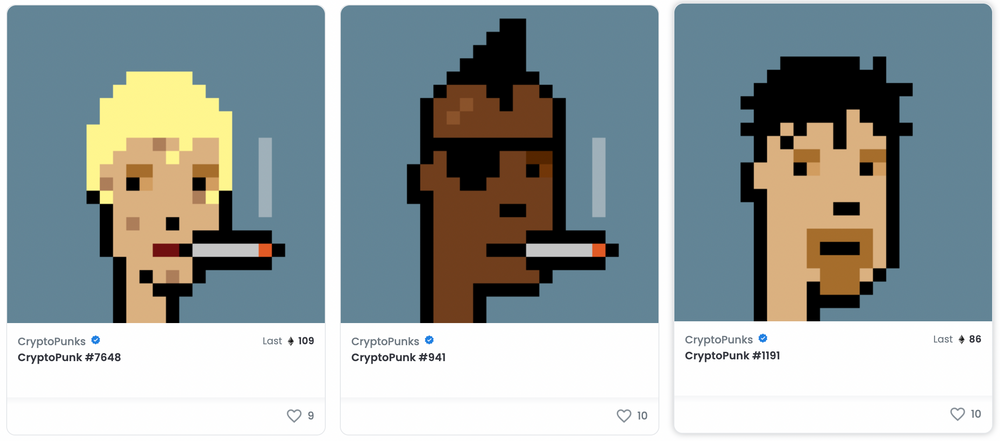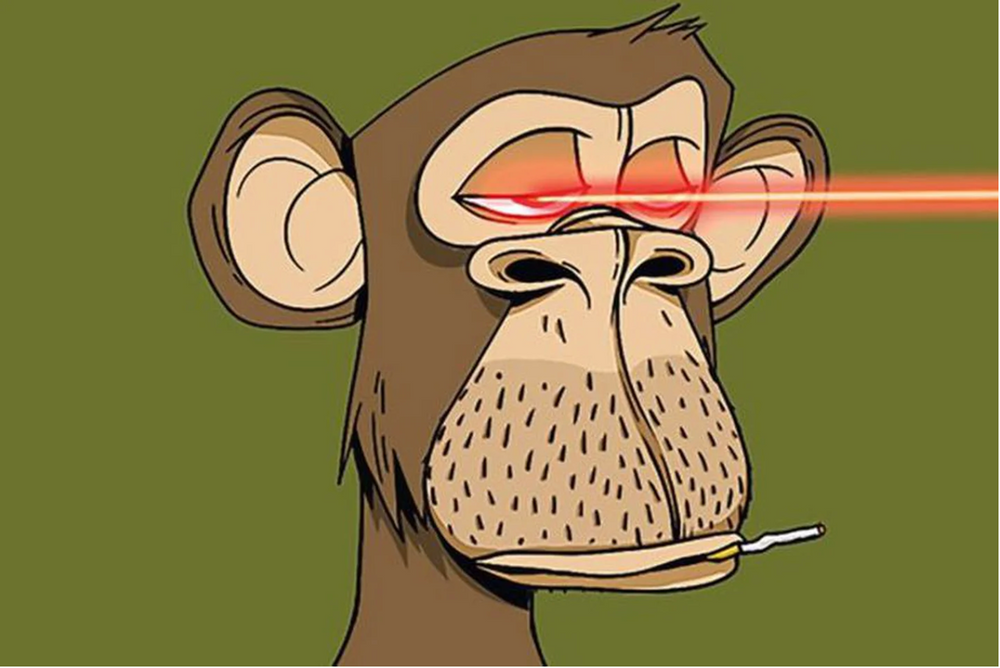The NFTs have come to revolutionize the world of digital assets, especially digital art, and although the vast majority are unaware of their existence, the most purists consider it unlikely and even preposterous not only that they have a lot of value, but precisely that the House Christie’s has sold more than $150 million in 2021.
That the renowned auction house has ventured into the exhibition and sale of digital works is a call for consideration of NFTs, due to the media impact that this can generate, even more so if at the beginning of December, the House partnered with OpenSea, the largest non-fungible token market, to launch exclusive auctions.
But what are NFTs? The NFT or Non-fungible token or non-fungible token are digital assets, not real or tangible, whose main characteristics are that they are unique and unrepeatable and cannot be modified or exchanged, which does not mean that a certain work of digital art cannot be copied, but the original will always be from a single person.
NFTs are based on blockchain technology, which, as we have already indicated in previous blogs, is revolutionizing the internet as we know it with Web 3.0 and its decentralized structure, the Metaverse, Smart Contracts and also NFTs, which have the Ethereum blockchain as its main collection center and are traded using Ether.
Among the most popular creators are:
Larva Labs: Creators of the CryptoPunk collection, considered the original NFTs, it has 10,000 punks or 24 x 24 pixel 2D avatars tokenized through the Ethereum blockchain.

Beeple: Also known as Mike Winklemann, he is the creator of the NFT collage that unifies his work produced for 5 thousand days (every day) and was auctioned at Christie’s House raising almost 70 million dollars.

Bored Ape Yacht Club: It is a collection of 10 thousand NFT of bored apes, having among the best known the piece “Bored Ape #4,418” that was sold by accident for US $ 3,000, a price well below its value, when it should have been sold for $300,000.

GMoney: He is a renowned anonymous investor, influential collector and promoter of digital art and NFTs. As a defender of the CryptoPunks, he has his own avatar that he bought for approximately US$170,000 or 140 Ether last January with which he is recognized.

Precisely, at the beginning of december Adidas Originals entered the Metaverse together with GMoney, Bored Ape and CryptoPunk with a limited edition of NFT that allowed it to raise almost 23.5 million dollars in virtual items in its debut that can be purchased in the online market. of NFT OpenSea.

Currently, the potential of this type of technology is not exactly known, much less the real impact that it can generate, since it has only been popular for a little over a year, but taking into account that any type of digital artistic expression can be tokenized, there is a wide range to explore.
Some definitions to keep in mind:
Cryptoactive: It is a digital and intangible asset that requires a unique registration in the blockchain and can be exchanged for goods, services or money.
Digital asset: These are the intangible resources that a company or person has that give it value in order to achieve objectives. For example: The website/app, their content or profiles on social networks.
Cryptographic Token: It is the digital representation of a good that by itself has no value, but being based on blockchain technology, it is regulated and takes shape by having its characteristics, such as security, impossibility of forgery and originality.
Tokenization: It is the fractionation of a digital asset to market it more easily. This can be a property, a work of art or any specific project that will have its clauses through a smart contract. Each fraction of the project would become a token.
Fungible: The term quickly refers to fungible and non-fungible goods, the former can be substitutable, such as money that can be exchanged for a product that would become another fungible good that sooner or later deteriorates, but it is possible to replace them with others. of the same value.
On the other hand, non-expendable goods are not replaceable, they are unique and unrepeatable such as works of art, museum items or collectibles, for example. That is the designation for this token.
#aplicaciones #blockchain #desarrollodesoftware #development
Last modified: February 10, 2022

